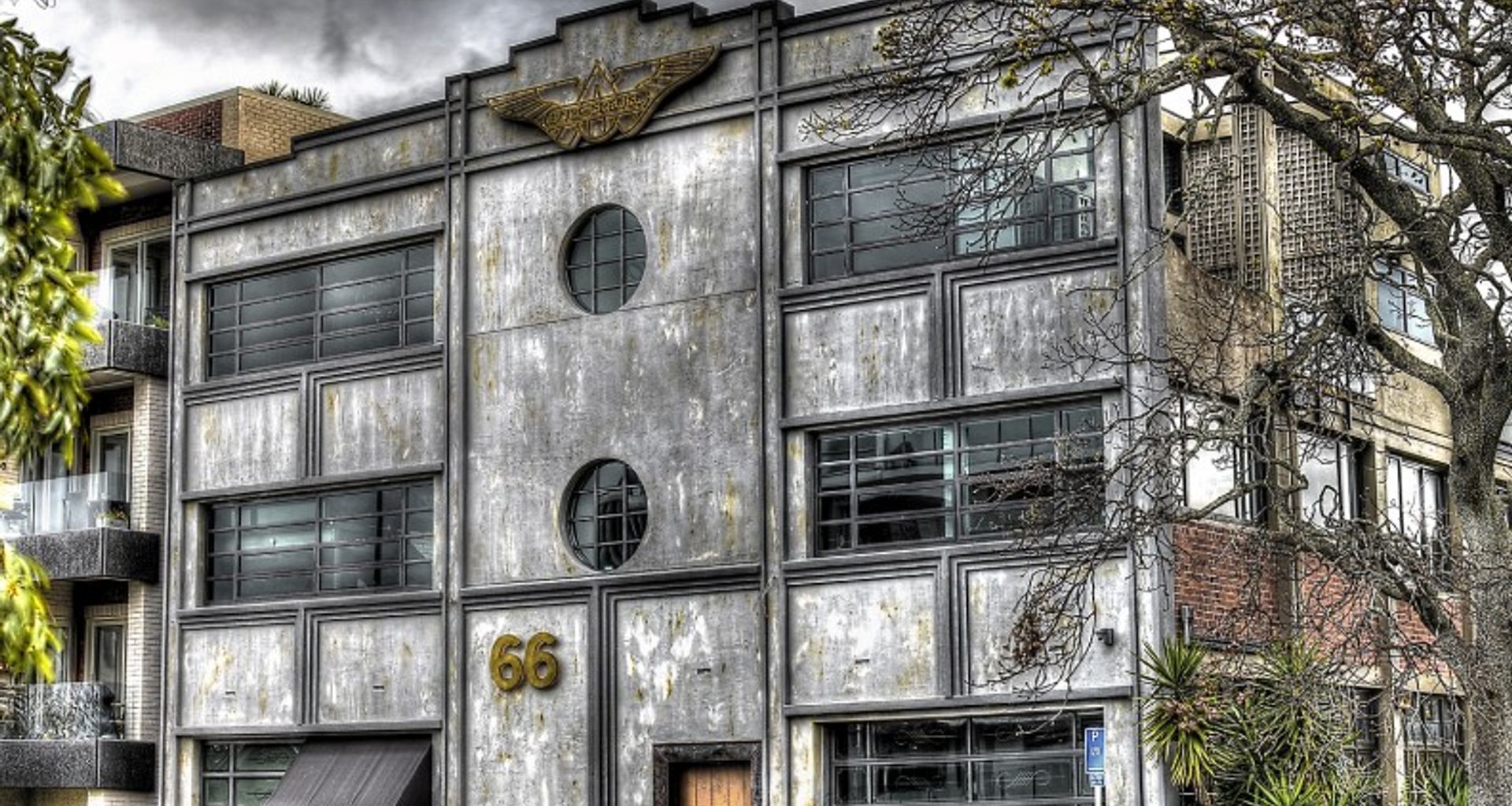Shaping facades with decorative mouldings

Lightweight decorative mouldings can transform existing or new buildings without any structural interventions. They’re a sought after solution for both residential new builds and character homes, but it is perhaps in commercial settings where their benefit has both a visual and a safety appeal.
“Because we can exactly replicate historical detailing of any size or shape with material that is indistinguishable from the original, these sorts of decorative moulds are particularly favoured,” Accumen Shapes’ Josh Mainwaring says. “Because they’re lightweight, they also reduce the risk of injury in a seismic event.”
Made of kiln dried polystyrene coated in plaster or lightweight concrete, decorative mouldings are a convenient and cost efficient way to either restore older buildings or create an added visual appeal to new ones. “Their lightweight nature means they’re easy to install – much more so than traditional stone and mortar,” Josh says.
“What we often see is that architects will specify decorative elements at the beginning of a project, but it’s just as common to have them specified at later stages and this doesn’t create any issues because they are only decorative and require no structural intervention.”
While they are a decorative addition to any building, they are made to last. Accumen Shapes has three different options for materials, each of which, Josh says, will last the lifetime of the building they are attached to, provided the required maintenance is undertaken and that the building is weathertight.
DecraShape® is the most lightweight option and is manufactured with kiln dried polystyrene coated in plaster. fourPLUS® is the next step up, and incorporates at least a 4mm thick plaster. ShapeCrete® is made with solid lightweight concrete, and is
the most appropriate option for high impact areas or historic buildings, although fourPLUS® is also appropriate, especially for larger mouldings where weight can be an issue.
Each of these products has an extensive scope, with anything from the smallest of residential detailing right through to large scale commercial applications – spanning metres in length – can be created. “We can custom make anything, in any size. There is no limit to what can be achieved with these materials,” Josh says.
Accumen Shapes has been operating in New Zealand for more than two decades, with their work on some of our most well-known heritage and contemporary buildings including the new Auckland Art Gallery.
Get in touch with Accumen Shapes on ArchiPro here to find out how you can incorporate decorative mouldings in your next project.



